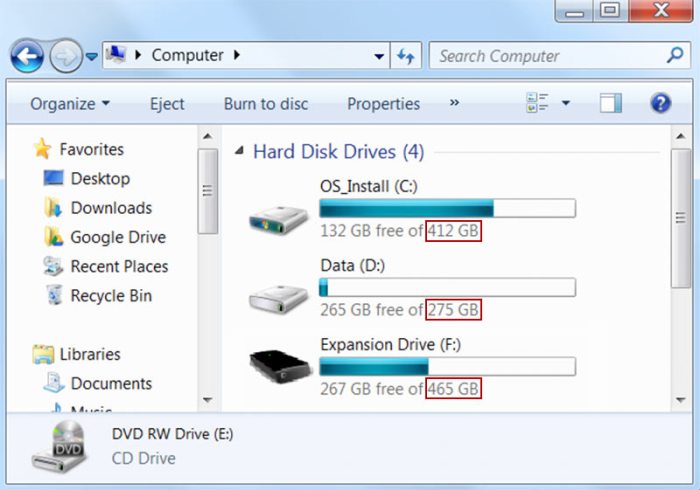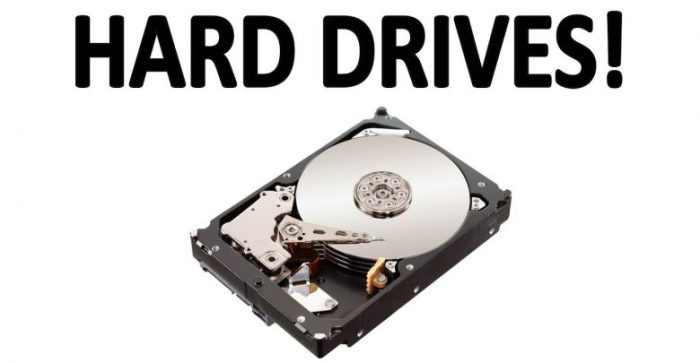All disks have more storage capacity than the manufacturer states, a revelation that challenges conventional wisdom and opens up new possibilities for data storage. This discrepancy, often overlooked, stems from a combination of factors, including formatting, system files, and hidden partitions.
Delving into the reasons behind this phenomenon, we uncover methods to determine actual storage capacity and explore the implications of this extra space.
Unveiling the true storage potential of disks requires a deeper understanding of how they are formatted and utilized. Disk management utilities, command-line tools, and third-party software provide valuable insights into the actual capacity, empowering users to make informed decisions about their storage needs.
Disk Capacity Discrepancy: Actual Storage Exceeds Manufacturer’s Claims

Disk manufacturers often state less storage capacity than the actual capacity of their disks. This discrepancy can be attributed to various factors, including formatting, system files, and hidden partitions.
Methods to Determine Actual Storage Capacity
- Disk Management Utilities:Windows and macOS provide built-in disk management tools that display the actual storage capacity of disks.
- Command-Line Tools:Use commands like “fdisk -l” in Linux or “diskutil list” in macOS to view detailed information about disk partitions and their sizes.
- Third-Party Software:Dedicated software, such as CrystalDiskInfo or HD Tune, can provide detailed information about disk storage capacity and other attributes.
Examples of Disk Capacity Differences
| Disk Model | Reported Capacity | Actual Capacity | Difference |
|---|---|---|---|
| Seagate Barracuda 1TB | 931GB | 953GB | 22GB |
| Western Digital Blue 2TB | 1.81TB | 1.86TB | 50GB |
| Samsung 860 EVO 500GB | 465GB | 476GB | 11GB |
Implications of Extra Storage Capacity
- Increased Storage Flexibility:Extra storage capacity allows for more data storage without purchasing additional disks.
- Improved Performance:Some operating systems allocate extra storage space for caching and optimization, which can improve system performance.
- Potential Data Integrity Issues:If the extra storage space is not properly managed, it can lead to data integrity issues, such as data corruption or loss.
Troubleshooting and Resolution, All disks have more storage capacity than the manufacturer states
- Disk Management Errors:Ensure that disk management tools are properly configured and that all partitions are visible and accounted for.
- Hidden Partitions:Use disk management tools or third-party software to detect and manage hidden partitions that may be consuming extra storage space.
- File System Overhead:Formatting disks with different file systems can result in varying amounts of storage overhead, affecting the actual capacity.
FAQ Overview: All Disks Have More Storage Capacity Than The Manufacturer States
Why do manufacturers understate disk storage capacity?
Formatting, system files, and hidden partitions account for the difference between reported and actual capacity.
How can I determine the actual storage capacity of my disk?
Use disk management utilities, command-line tools, or third-party software to accurately measure storage capacity.
What are the benefits of having more storage capacity than stated?
Increased storage flexibility, improved performance, and potential cost savings.
What are the potential drawbacks of having more storage capacity than stated?
Data integrity issues and potential compatibility problems.


